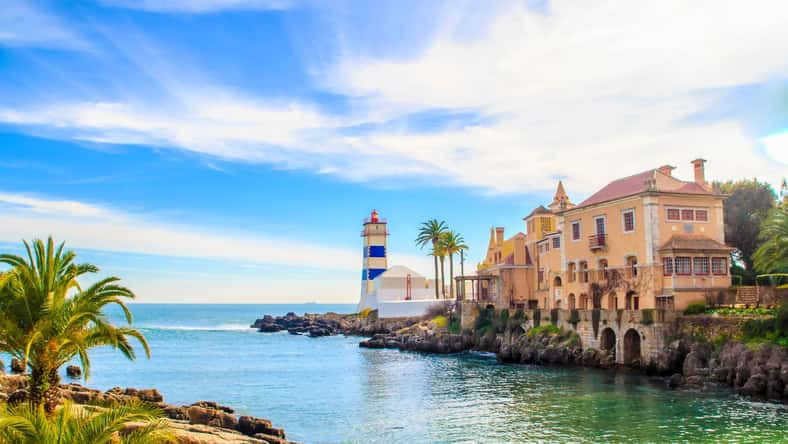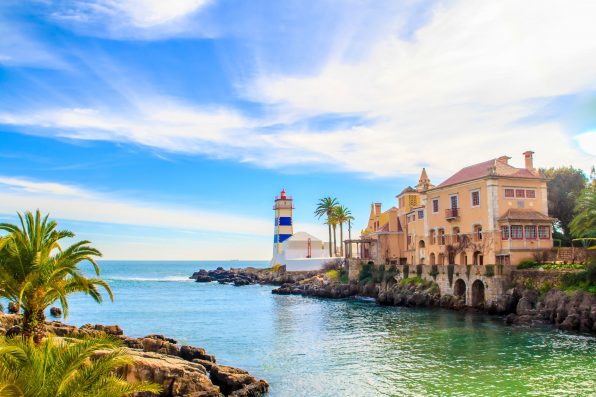A 400-Year-Old Shipwreck Was Found Off The Coast Of Portugal And May Have Sunk Near Lisbon After Returning From India With Spices And Other Goods

Shipwrecks are like underwater time capsules, preserving pieces of the past. These sunken vessels have been lost beneath the waves for long periods of time but often still hold historical treasures that give us the opportunity to learn more about the people and events that made our world what it is today.
From famous warships to ancient trade vessels, these submerged relics contain thrilling secrets just waiting to be brought out of the depths.
Back in 2018, a shipwreck believed to be around 400 years old was found sitting on the bottom of the sea floor off the coast of Portugal.
According to experts, the ship may have sunk near Lisbon after returning from India with spices and other goods between 1575 and 1625, when Portugal’s spice trade with India was at its height.
The ship was discovered off the coast of Cascais, a resort town located about 15 miles west of Lisbon.
It was found at the beginning of September 2018 as part of a 10-year-long archaeological project that the municipal council of Cascais, the Portuguese government, the navy, and Nova University of Lisbon collaborated on.
The project director, Jorge Freire, said that the wreck and its objects were “very well-preserved.” The Portuguese government’s directorate-general for cultural heritage analyzed the artifacts.
Freire and his team spent four days examining the wreck. It was 40 feet below the surface. Divers uncovered various spices, Chinese ceramics from the Wanli period (1573 to 1619), nine bronze cannons etched with the Portuguese coat of arms, and cowry shells.
During the colonial era, the shells were a type of currency used to trade slaves. The discovery has helped provide insight into Portuguese trade history.

moedas1 – stock.adobe.com – illustrative purposes only
“It tells us a great deal about Cascais’s maritime history and identity,” Freire said. “It’s like we’ve been telling the local people here: this is a great discovery, and its greatness lies in what it, and the artifacts, can tell us about the cultural landscape.”
The shipwreck was the first find of its kind since the wreck of the Portuguese ship Nossa Senhora dos Mártires, also known as Our Lady of the Martyrs, was discovered in 1994.
It also sailed the spice route and sank off the coast of Lisbon in 1606. The vessel was found near a military defense complex by Cascais called Fort of Sao Juliao de Barra.
“For a long time, specialists have considered the mouth of the Tagus River a hotspot for shipwrecks,” said Luis Mendes, the Minister of Culture. “This discovery came to prove it.”
The research team that explored the coastal area noted that the discovery of the 400-year-old wreck was in significantly better shape than the Our Lady of the Martyrs wreck. So, it will likely provide more accurate information about that particular era of trade in Portugal.
Sign up for Chip Chick’s newsletter and get stories like this delivered to your inbox.
More About:News





